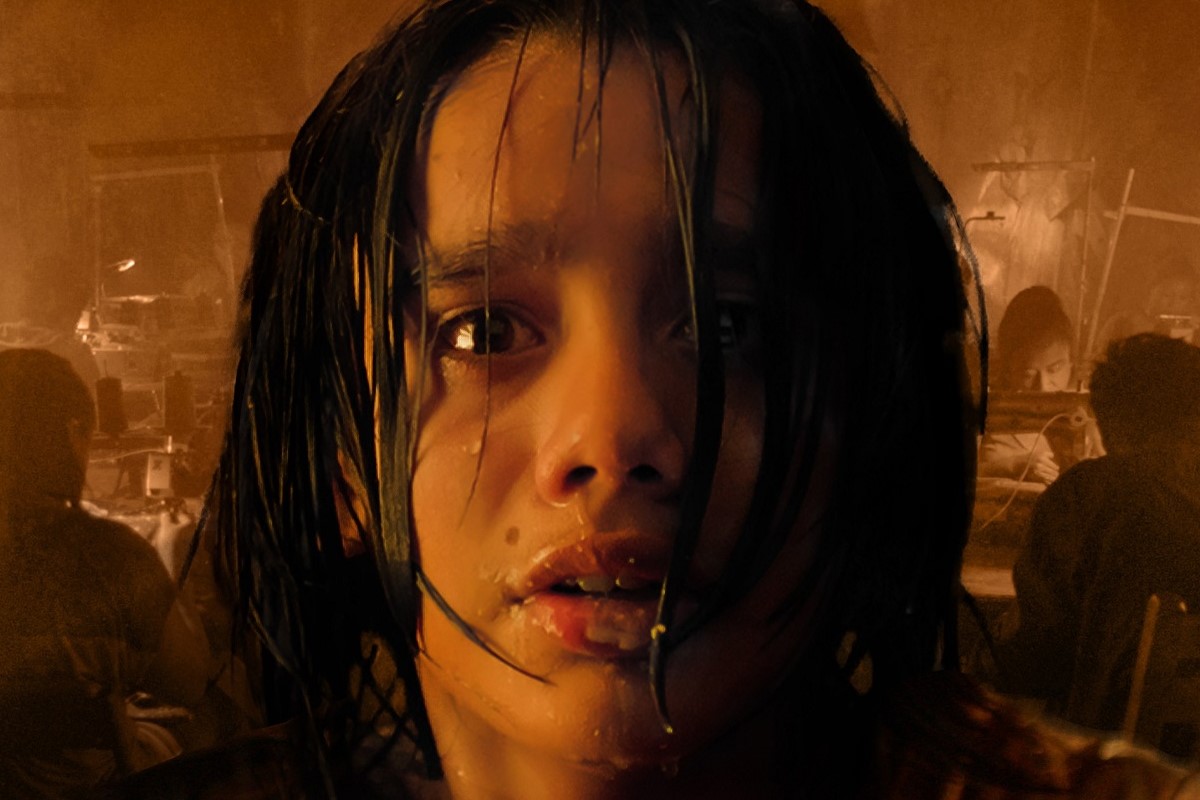Yalitza Aparicio, the Indigenous (Mixtec/Triqui) Mexican star of the film Roma, has moved into executive producing. As reported by Variety, Aparicio has teamed up with production company Infinity Hill (Argentina 1985) and Roadside Attractions to deliver the feature-length thriller Dreamer, loosely inspired by a real-life 1990s slave labor case in California.
Slave labor in the 1990s? In the United States?
Too many Americans tend to think of sweatshop abuses as things that happen in “other countries,” but in 1995, the State of California raided a hidden compound in El Monte, CA where it was discovered that 72 Thai nationals, mostly women, were being held against their will working in a sweatshop.
As early as the late 1980s, Thai recruiters went to impoverished villages in Thailand to canvass for garment workers, promising legitimate work in the United States. The recruiters “paid for” their travel and processing fees to get the workers to the U.S., and gave them expensive jewelry and accessories to wear on their flights so they’d look like wealthy tourists.
However, the workers received a rude awakening upon arriving in California. The jewelry, accessories, passports, and other paperwork were taken from them. They were brought to a compound with boarded-up windows surrounded by a barbed-wire fence. They couldn’t leave and were forced to work under terrible conditions.
The workers sewed clothes in 17 to 22-hour shifts every day with no breaks and no contact with the outside world or each other. They were under 24-hour surveillance by armed guards, living with constant violence against themselves or the threat of harm to their loved ones in Thailand to prevent them from trying to escape.
The workers were “paid,” but only about two to four cents a day they weren’t allowed to keep, because they had to “repay their debts” to their captors for their transportation. Additionally, they were forced to buy their basic necessities (like toiletries and such) from their captors at inflated prices. If they couldn’t afford these items, they were added to their tab, so their “debts” just kept increasing, keeping them enslaved for years.
Their enslavement was the first recognized case of modern-day slavery since the abolition of slavery in the U.S. (because, of course, our government doesn’t acknowledge the loophole in the 13th Amendment that allows for slave labor in prisons), and this slave labor operation provided garments to known American brands like B.U.M., High Sierra, CLEO and Anchor Blue.
So, what happened?
With the help of activist groups like the Thai Community Development Center (Thai CDC), which provides aid to Thai and other immigrants, the State of California launched a multi-agency raid on the compound and freed the enslaved women. However, since there were no adequate laws for how to deal with trafficked people at the time, the workers were detained and kept in handcuffs by Immigration and Naturalization Services (INS) after being “freed” to be processed for deportation rather than delivered to the care of the Thai CDC as promised.
Thankfully, the Thai CDC gathered other allied immigrant advocacy groups to fight for the release of the Thai nationals, and after nine grueling days, the workers were finally released into the Thai CDC’s care. The Thai CDC then began the work of helping each of the workers get what they needed to stay in the country, rather than being sent back to Thailand where they’d face the threat of retaliation from their former enslavers.
The El Monte case led to the passage of several California laws reforming the garment industry, as well as the Victims of Trafficking and Violence Protection Act of 2000 (TVPA), which protects victims of human trafficking in exchange for their participation in prosecuting their traffickers. Equally important, this case eventually led to a landmark lawsuit against the garment companies that benefited from this slave labor.
As Ms. Magazine laid out in a recent profile, a young Chinese-American lawyer named Julie Su secured back wages for the workers, as well as advocated for the T-Visa, which is what the TVPA provides. Su recently became the Biden Administration’s Acting Secretary of Labor.
Dreamer is “inspired by a true story?”

Dreamer, written and directed by Mohit Ramchandani (in his feature film debut), stars Ari Lopez along with Alfredo Castro (Karnawal), Paulina Gaitan (Narcos), Diego Calva (Babylon), and Renata Vaca (Saw X). The film isn’t a straight-up biopic of the El Monte case. Rather, it’s loosely inspired by that case. According to Deadline:
“The story follows Jesús (Lopez), a young farmer in rural Mexico who dreams of playing for Club Puebla, his local soccer team. With the promise of training at a soccer camp in Los Angeles, Jesús is convinced by his father to leave home, but he soon discovers that he’s been sold to a sweatshop run out of a decrepit mansion in downtown Los Angeles. Jesús is then subjected to the grueling 18-hour work schedule dictated by El Jefe (Castro), a boss who promises freedom for those who complete their quotas, and whose brutality is motivated by his own desperation to provide for his family back in Mexico. Despite all, Jesús finds solace in Elena (Vaca), a girl who was similarly betrayed and sent to America under the guise of attending a fashion school. When Elena goes missing and another co-worker, Carlitos (Calva), is severely beaten for confronting El Jefe, Jesús realizes his only way out is a daring escape.”
The film focuses on human trafficking to the U.S. in relation to child labor from Mexico. Those stories absolutely deserve attention, but that’s not what I expect when you tell me that the film is “inspired by a true story.”
The marketing for this film is using the phrase “inspired by a true story” in the loosest way possible. Dreamer has nothing to do with the true story except in the most superficial terms. I’m disappointed that the story of the Thai women in the El Monte case serves as a mere jumping-off point for a whole other story centered around a young male, Mexican protagonist. Additionally, the film’s young female character only serves to spur the male protagonist’s desire to escape.
Did Ramchandani not see enough cinematic potential in the actual true stories of the predominantly female Thai workers who experienced being trafficked? Was it perhaps not as “compelling” for a male writer/director to tell a story about Asian women being trafficked if that trafficking wasn’t sexual in nature?
This is especially frustrating, considering that, according to UN Women, women and girls represent 65% of all people trafficked globally. What’s more, according to this Smithsonian Magazine profile of one of the Thai workers, the fact that there was a raid in the first place was in large part thanks to a Thai woman who actually escaped:
“A document, now in the collections of the Smithsonian’s National Museum of American History, played a part. The two-page letter is written in pencil. “Please be careful,” it says. “Very Dangerous. Please bring much manpower.” The letter, which was passed to authorities by the boyfriend of a woman who escaped the factory complex, includes a hand-drawn map of the complex. It begs authorities to work quickly and not arouse the suspicion of the factory’s owners. “Don’t forget to be careful,” it concludes.”
When is this story coming to theaters?!
I understand why Aparicio would want to executive produce a script about a Mexican boy escaping a trafficking situation. Again, that’s absolutely a story worth telling. However, if the story of over 70 Thai women who were freed from slavery thanks to the efforts of a coalition of AAPI organizations and the bravery of a Thai woman who escaped isn’t enough to warrant its own script, I don’t know what is!
In any case, Dreamer is set to arrive exclusively in theaters on April 5, 2024.
(featured image: Netflix)









Published: Oct 10, 2023 06:37 pm